Shipping quote request
We’ll calculate the shipping price as soon as getting your request.
Shipping quote request
We’ll calculate the shipping price as soon as getting your request.
You May Also Like
Sponsored Products
Porcelain Coffee Cups & Saucers from S.E.R France, 1950s, Set of 18
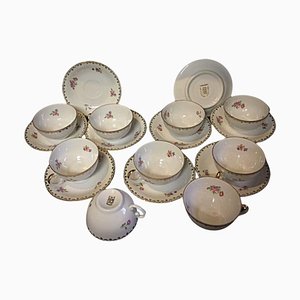
Antique Silver Teapot

Porcelain Coffee Set in Burgundy Color by Lubomir Tomaszewski for Dorota ZPS Ćmielów Ceramics, 1962, Set of 15
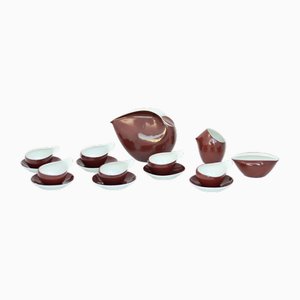
Palladiana Coffee Set, Piero Fornasetti for Rosenthal, Set of 28
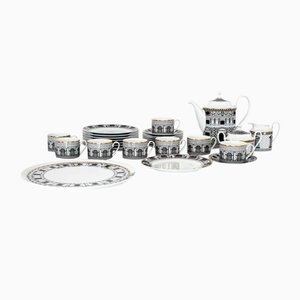
More from this Dealer
Crystal Art Glass Pendant Lamp, 1970s
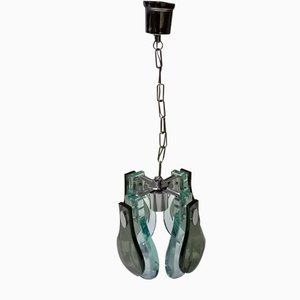
Pink Glass Pendant Lamp from Venini, 1930s
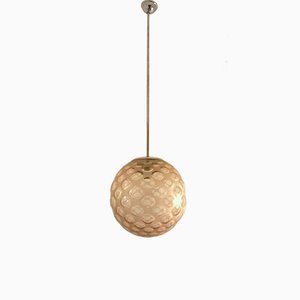
Desserprit Roger, Oil on Canvas, 1971
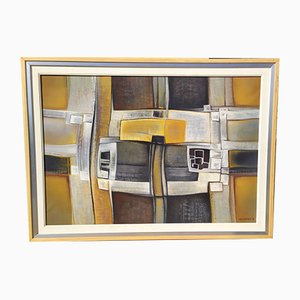
Brass Wall Lamps from Stilnovo, 1950s, Set of 2
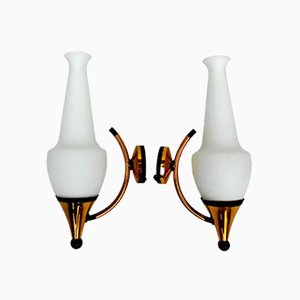
Mirror with Wood Frame, Italy, 1940s
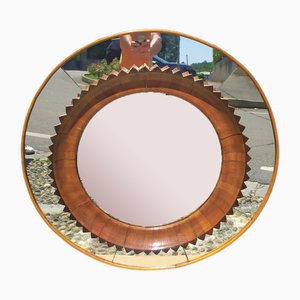
Ceiling Lamp from Stilnovo,1960s

Joan Miro, Litograph, 1978
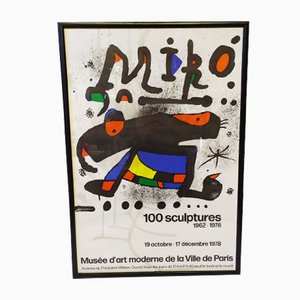
Magazine Racks by Cesare Lacca, 1950s, Set of 2
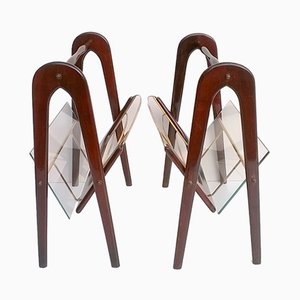
Bamboo Armchair by Lio Carminati & Giò Ponti for Casa E Giardino, 1950s
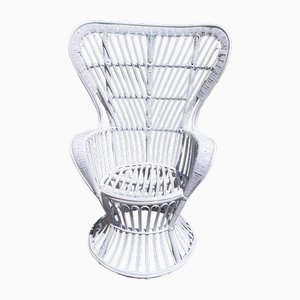
Agi Straus, Abstract Composition, 1962, Gouache on Paper
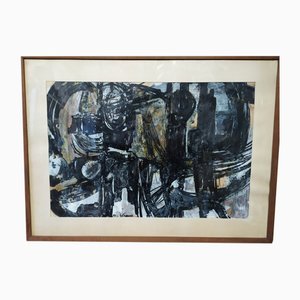
Brass Sconces attributed to Gaetano Sciolari for Sciolari, 1970s, Set of 2
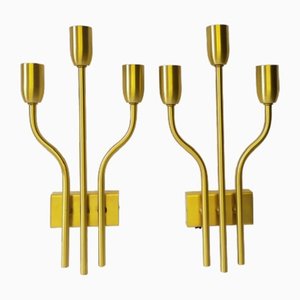
Serving Trolley by Cesare Lacca, 1950s
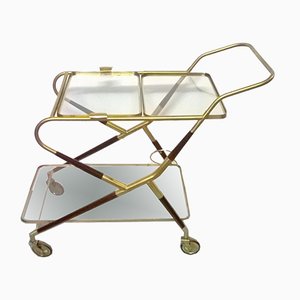
Teak Bench attributed to Ico & Luisa Parisi for Mim, 1958
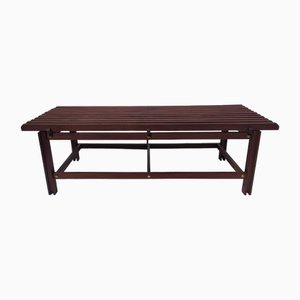
Plate by Gio Ponti for Richard Ginori, 1930s
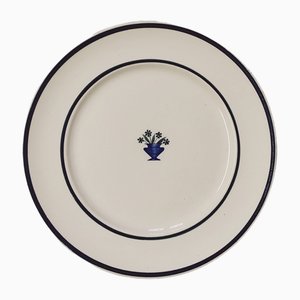
Table Lamp by Giotto Stoppino for Candle, 1960s

Table Mirror from Fontana Arte, 1940s
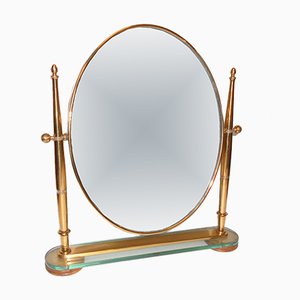
Pendant Light Mod. Cyclos by Vico Magistretti for Artemide, 1985, Set of 2

Large Chandelier attributed to Angelo Lelli for Arredoluce, 1950s
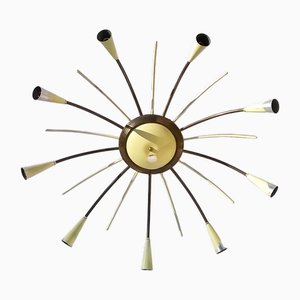
Mid-Century Italian Console and Mirror Set from Fontana Arte, 1940s, Set of 2
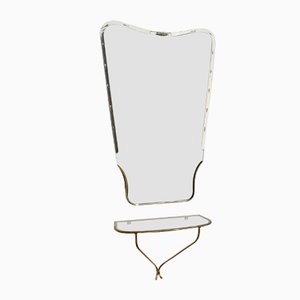
Decò Round Coffee Table, 1940s

More Products
Get in Touch
Make An Offer
We noticed you are new to Pamono!
Please accept the Terms & Conditions and Privacy Policy
Get in Touch
Make An Offer
Almost There!
To follow your conversation on the platform, please complete the registration. To proceed with your offer on the platform, please complete the registration.Successful
Thanks for your inquiry, someone from our team will be in touch shortly
If you are a Design Professional, please apply here to get the benefits of the Pamono Trade Program